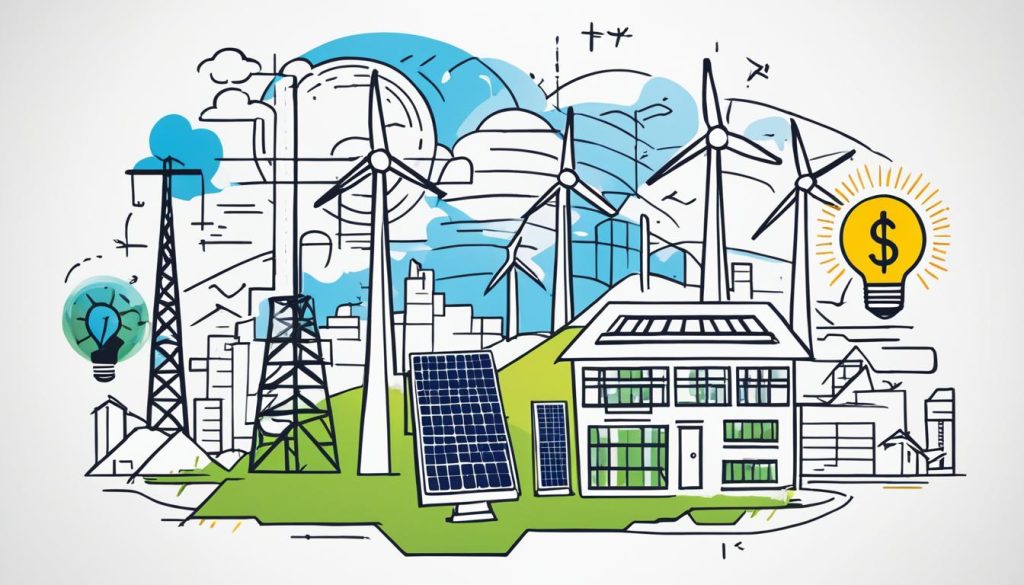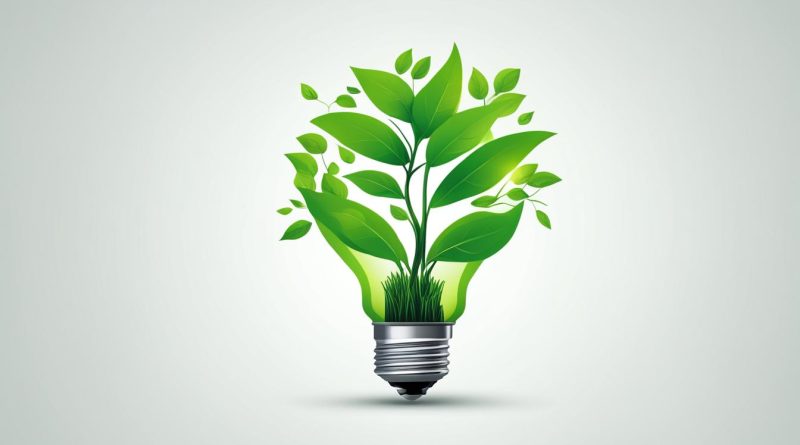Electricity Bill Savings: Your Essential Guide
Reducing electricity bills is a vital aspect of managing household expenses. Making small changes in energy consumption habits can lead to significant savings on monthly bills. Electricity bills can be convoluted, and many people do not understand the different charges and costs associated with energy consumption. So, the first step towards reducing electricity bills is to understand the current billing system accurately. This guide will provide effective tips and strategies for maximum electricity bill savings while ensuring the convenience of an efficient energy source at home.
Key Takeaways
- Developing energy-efficient habits can lead to enormous monthly savings.
- Understanding the components of your electricity bill can help you identify areas where you can make changes.
- Switching to energy-efficient appliances can have a significant impact on reducing electricity bills.
- Lowering energy consumption does not mean compromising on comfort.
- Online electricity bill payments can be convenient and lead to potential additional savings.
Understanding Your Electricity Bill
If you want to reduce your electricity bill, it’s important to first understand exactly what you’re paying for. Your energy bill is made up of various electricity charges and electricity costs that cover the production, distribution, and maintenance of the power grid.
The main components of your electricity bill include:
| Charge Type | Description |
|---|---|
| Fixed Charge | An amount charged regardless of how much electricity you use. Usually a daily or monthly charge to cover fixed costs. |
| Variable Charge | An amount charged based on the amount of electricity you use. Usually charged per kilowatt-hour (kWh). |
| Regulatory Charges | Laws and regulations associated with the production and distribution of electricity. Usually charged as a percentage of your energy usage. |
| Taxes | VAT tax, sales tax, and other fees charged by the government. Usually charged as a percentage of your energy usage. |

By carefully reviewing your electricity bill, you can identify opportunities to reduce your energy usage and lower your electricity bill. For example, you can minimize your Variable Charge by turning off lights and unplugging appliances when not in use. Understanding your energy bill is the first step in maximizing savings on your electricity costs.
Strategies for Reducing Your Electricity Bill
Reducing energy consumption is key to managing high electricity bills. Here are some practical strategies and tips:
Upgrade to Energy-Efficient Appliances
Investing in energy-efficient appliances can significantly reduce your energy consumption. When shopping for new appliances, look for the Energy Saving Trust Recommended logo, as these products meet strict energy efficiency guidelines. While these appliances may be more expensive upfront, you will save money on your electricity bill in the long run.

Unplug Electronics When Not in Use
Many electronics continue to use energy even when they are turned off, known as standby energy. Unplugging electronics when not in use can help reduce your energy consumption and lower your electricity bill. Alternatively, use a power strip to easily turn off multiple electronics at once.
Switch to LED Light Bulbs
LED light bulbs use significantly less energy than traditional incandescent bulbs and last much longer. Switching to LED bulbs can help reduce your energy consumption and save you money on your electricity bill in the long run.
Smart Usage Habits
Simple changes to your daily habits can lead to significant savings on your electricity bill. Some tips include:
- Turn off lights when leaving a room
- Lower the temperature on your thermostat
- Avoid using high-energy appliances during peak hours
- Use a clothesline instead of a dryer when possible
By employing these strategies, you can reduce your energy consumption and see the benefits in the form of a lower electricity bill.
Conclusion
Reducing your electricity bill can be a daunting task, but with a few simple changes, it is possible to make significant savings on your energy costs. By understanding the components of your electricity bill and implementing practical strategies for energy efficiency, you can lower your monthly bill and contribute to a more sustainable future.
In addition to these measures, paying your electricity bill online can offer added convenience and potentially reduce administrative costs. Many energy providers offer online payment options, allowing you to easily manage your account and avoid the hassle of paper bills. It is also worth exploring other digital platforms that offer additional savings and rewards for energy-efficient practices.
Overall, taking a proactive approach to managing your electricity bill can lead to long-term cost savings and a more environmentally conscious lifestyle. By following the strategies outlined in this guide and staying informed about energy-efficient practices, you can make a positive impact on both your wallet and the planet.
FAQ
How can I reduce my electricity bill?
There are several ways to reduce your electricity bill. Some effective strategies include improving insulation in your home, using energy-efficient appliances, switching to LED light bulbs, reducing standby power usage, and adjusting your thermostat settings. These small changes can lead to significant savings on your monthly utility bill.
What are the components of an electricity bill?
An electricity bill consists of various charges and costs. These typically include the energy consumption charge, fixed customer charges, government taxes and levies, distribution charges, meter charges, and any applicable discounts or rebates. Understanding these components can help you better analyze and manage your energy costs.
How can I lower my energy consumption to reduce my bill?
There are several strategies you can implement to lower your energy consumption and subsequently reduce your bill. These include turning off lights and appliances when not in use, using natural light during the day, adjusting your thermostat to optimum temperatures, washing clothes with cold water, and air-drying your laundry. Additionally, installing energy-efficient appliances and using power strips to eliminate standby power can also contribute to significant energy savings.
How can I pay my electricity bill online?
Many electricity providers offer online platforms or mobile apps for convenient bill payments. You can typically access these services through the utility company’s website or by downloading their official app. Online bill payment methods may include bank transfers, credit or debit card payments, and electronic wallets. Be sure to check with your electricity provider for their specific online payment options and instructions.




